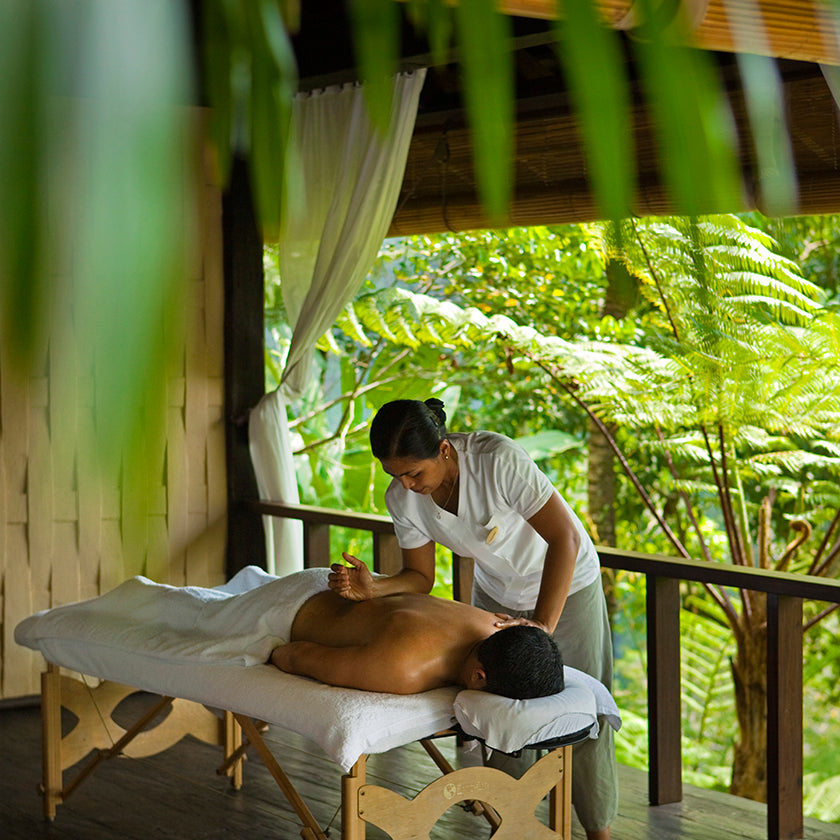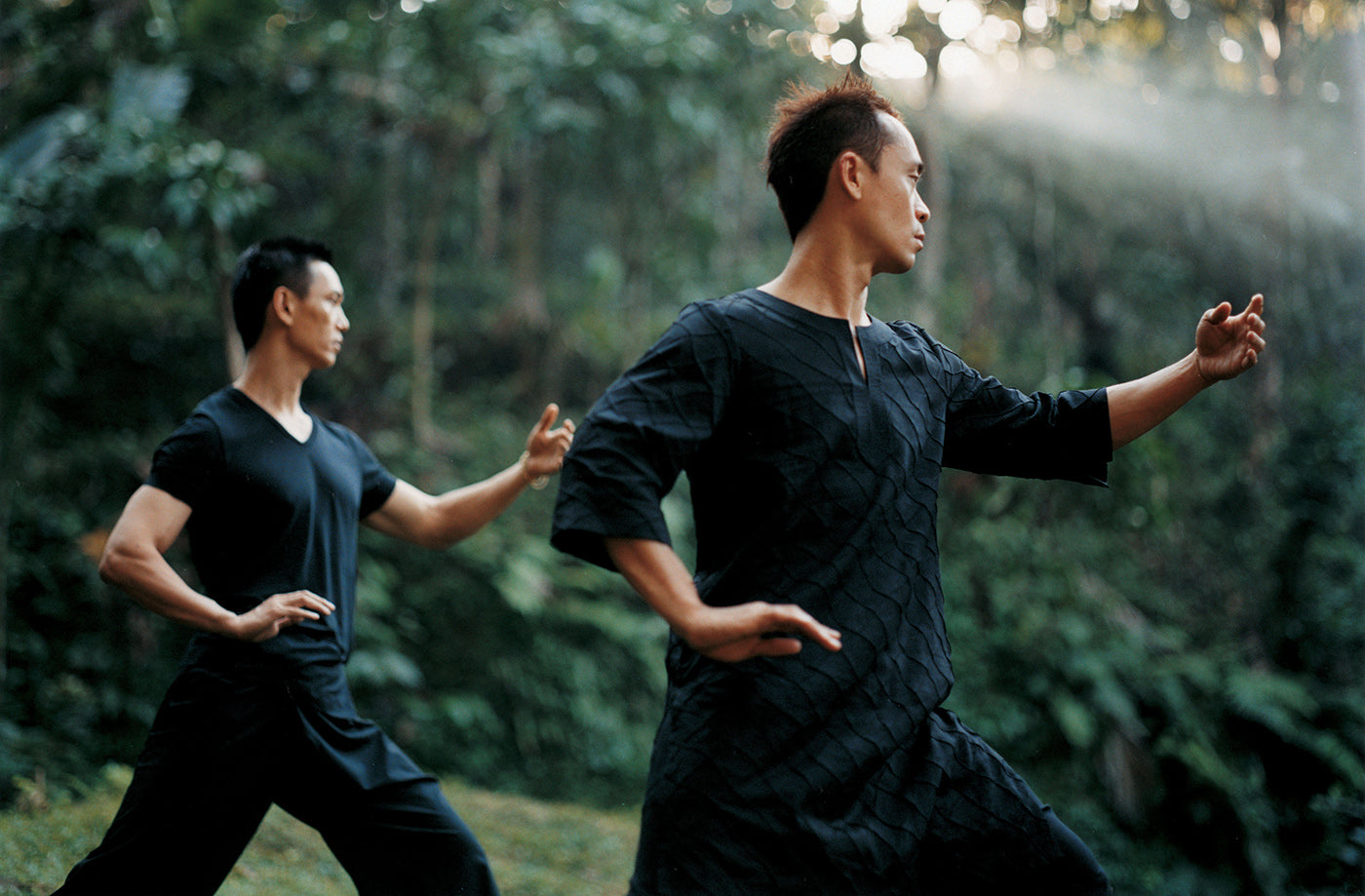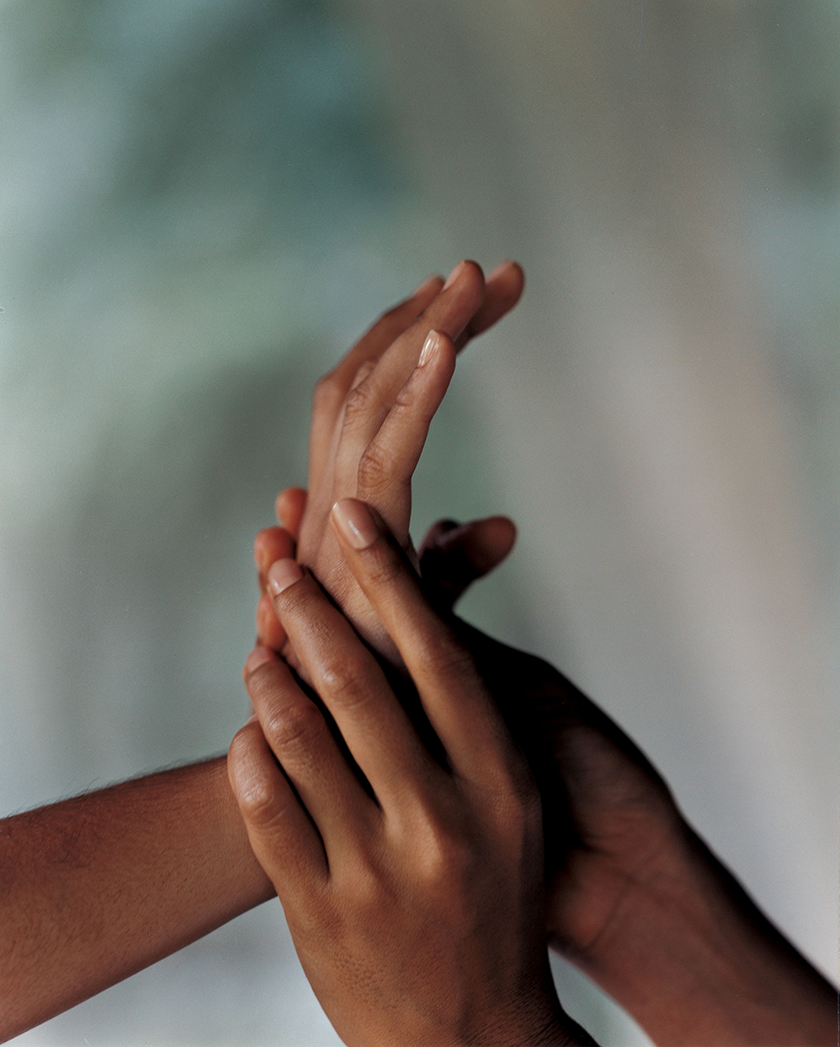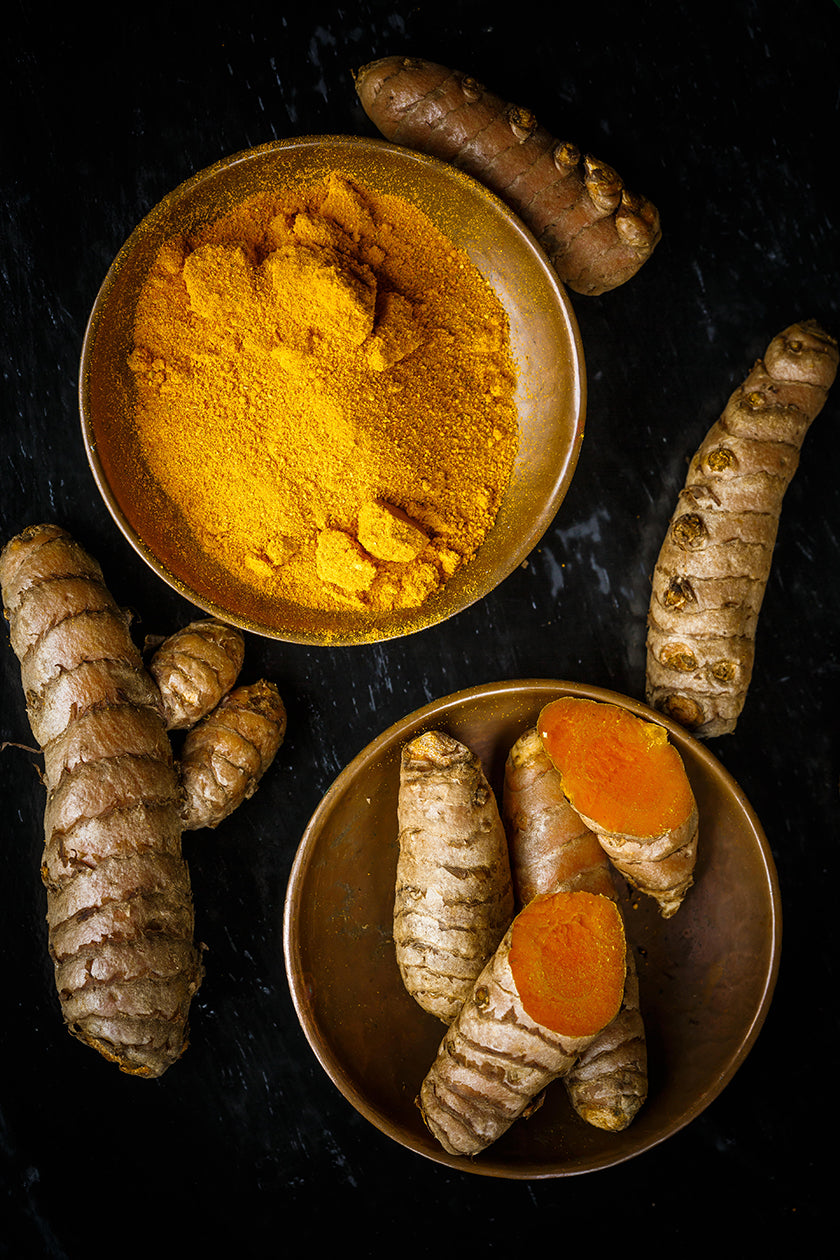Your Cart is Empty
Spiritual remedies and rituals, Be Well writer Kari Molvar takes us into the art of wellbeing through ceremonial Eastern traditions

Millennia-old well-being philosophies, from traditional Chinese medicine to Ayurveda, transport you to another time and world, helping you emerge more balanced and renewed after the experience.
Meditating before dawn, drinking turmeric-laced golden milk, and rubbing slabs of stone on your face might be the modern signposts of wellness, but such practices could not be more ancient.

Taking a holistic, whole-body approach to keeping your health in check has been part of the culture in India, China, and Southeast Asia for more than 5,000 years. Many of the rituals have been passed down for generations, like spiritual heirlooms from mothers, aunts, and grandparents. Shrankhla Holecek, who was raised in northern India, knew her dosha before she could tie her shoes and started practicing yoga at the age of eight. “I grew up observing these traditions across my life—through foods as medicine, beauty rituals, habits of exercising,” says the founder of Uma Oils, a wellness line inspired by the teachings of Ayurveda. Now the rest of the world is catching up.
Traditional Chinese medicine and Ayurveda have risen in global popularity. “They work,” says Ling Chan, 70, a veteran skincare specialist in Chinese medicine and founder of Ling Spas in New York City.
The ancient Greeks were ahead of the curve in realizing this. Hippocrates believed the focus of medicine should be on the whole person, writes Bridgette Shea, L.Ac. MAcOM, in the Handbook of Chinese Medicine and Ayurveda: An Integrated Practice of Ancient Healing Traditions. When diagnosing health issues, the Greeks looked at a person’s diet, sleep habits, pulse, facial symptoms, air quality, and bowel movements (not pretty, but revealing nonetheless). Many of these tenets were picked up and adapted by later societies in Southeast Asia where they selling golden turmeric lattes).

Today, more than 750,000 people in the United States have experienced some type of Ayurvedic treatment and the World Health Organization now recognizes China’s alternative therapies as legitimate. In a world that moves fast, these ancient healing systems offer slow-paced relief for everything from insomnia to poor digestion to mental sluggishness to dull skin.
The methods, which have their differences but aim to achieve mind-body balance through the five elements (earth, wind, fire, and more), have caught on for one reason: intermingled with other beliefs: Chinese Taoism, which dates back to the 6th century BC, for example, emphasized living in harmony with two polar energies, yin and yang—if not, the mind and body can go askew—a theory embraced by traditional Chinese medicine. In India, Sankhya philosophy is centered on the connection between matter, the senses, and the mind. And the Atharva Veda scripture, composed from 1200 to 1000 BC, touched on the importance of a daily regimen, attuning your body to the natural world and cleansing, among other practices now central to Ayurveda (meaning “knowledge of life” in Sanskrit).
All of which is to say, there are thousands of years of history distilled in the traditions carried on today. Natural remedies are revered: “Foods support different health goals,” says Sandra Lanshin Chiu, LAc, a herbalist and founder of the healing studio Treatment by Lanshin in Brooklyn. She eats bitter melon when needed to clear the “excess fire” that causes skin breakouts. Turmeric, meanwhile, fights inflammation and gives golden milk its vibrant color. Movement is crucial: “A simple exercise of bending the knees and swinging the arms can instantly recharge and boost chi energy,” says Chan, who is partial to tai chi. Mediation is huge: “It helps focus me and gives me more energy,” says Holecek. Massages are a form of medicine: “Gua sha is performed on the body for aches, pains, tension, and reducing fevers,” reveals Chan.

Wellness enthusiasts want in on these benefits, too. Some kick-start their Ayurvedic practice with panchakarma, a seasonal detox designed to balance one’s dosha—energies that describe a person’s unique blend of physical, emotional, and mental characteristics. The 21-day cleanse can involve herbalized enemas (to relieve colon dryness and mental strain), nasal oil irrigation (to improve breathing), therapeutic vomiting (yes, there is such a thing), tongue scraping (to rid bacteria and speed digestion), and Shirodhara, a technique of pouring warm oil onto the forehead to awaken one’s intuitive self (it also works wonders on chronic headaches). Physically and mentally challenging, panchakarma forces you to be in the present: technology is not allowed, you are in bed by sunset, and up at sunrise to meditate and drink warm ghee mixed with prescribed herbs.

The point is to rid stagnant toxins so you leave renewed (and with a very clean colon). “80% of Ayurveda is mild-mannered, this is an intense ritual that should be done under supervision,” says Holecek, who went to boarding school a few miles from Ananda, a well-respected health retreat near the Himalayas. Others flock to Jindal Naturecure Institute in Karnataka, India, which opened in the 1970s and is still known for “spartan but amazing results,” Holecek says.
There are less extreme ways to balance yourself, of course. Acupuncture, for example, seems quite painless by comparison. Used in traditional Chinese medicine for the past 2,000 years, the practice involves inserting tiny needles into the body at specific sites to release blockages in chi that can cause ailments. Modern practitioners now leverage the benefits by combining acupuncture with other modalities—such as acupressure, which also targets meridian points, but with massage rather than needles, to encourage energy flow.
If you are cold and achy, try moxibustion, which involves burning dried mugwort over the skin to stimulate circulation and reduce swelling. Chiu, for her part, takes Chinese medicine techniques above the neck, performing facial acupuncture to relieve tension and promote blood flow for a healthy glow. Or she might use guasha, which involves “scraping” or gently stroking the skin with the flat side of a stone to lift facial features, break uptightness and smooth the surface. “In traditional Chinese medicine, everything comes down to: how good is your circulation? If it is not moving, move it,” says Chiu. That could explain the radiance that comes from jade rolling—in which a whole jade stone is rolled over your skin to boost lymphatic drainage and promote “a youthful face contour and healthy complexion,” says Chan, who notes that 19th-century Empress Dowager Cixi was “famous for her collection of exotic jade rollers.”
Even body massages are highly energetic (meaning, there is no chance of falling asleep). Take Thai massage, which draws on principles from Ayurveda and Chinese medicine, and is performed on a mat by a practitioner who rocks and stretches your body, combining techniques from acupressure, massage, and yoga to loosen up blocked areas. It is a staple on the menu at Como Shambhala Estate in Bali and Health Land Spa in Thailand, where the ritual can last for up to two hours. Afterward, you feel invigorated; even your toe muscles seem more alive.

For all its fascinating power, the enduring legacy of traditional Eastern medicine is that it is “custom fit,” says Chiu, who carefully matches “the right therapies to a patient’s body, unique characteristics, and constitution.” In an era of one-size-fits-all Western medicine, this level of personalization is appealing. The only learning curve is listening to your body—to understand what it needs. “Half the time we go through life avoiding what our bodies are telling us,” says Holecek. “So the more thoughtful you are about your rituals, your diet, and how you conduct your day, the more the process builds on itself.” Chiu agrees, adding that delving into the traditions of the past is an opportunity to connect with our selves. “Our tools and ways of working have a deeper underlying message that says your beauty is within you and all you have to do is amplify the health potential already there.” In other words: pass the golden milk.
Step into an ancient and new dynamic world of wellbeing through Be Well, available in German and English.